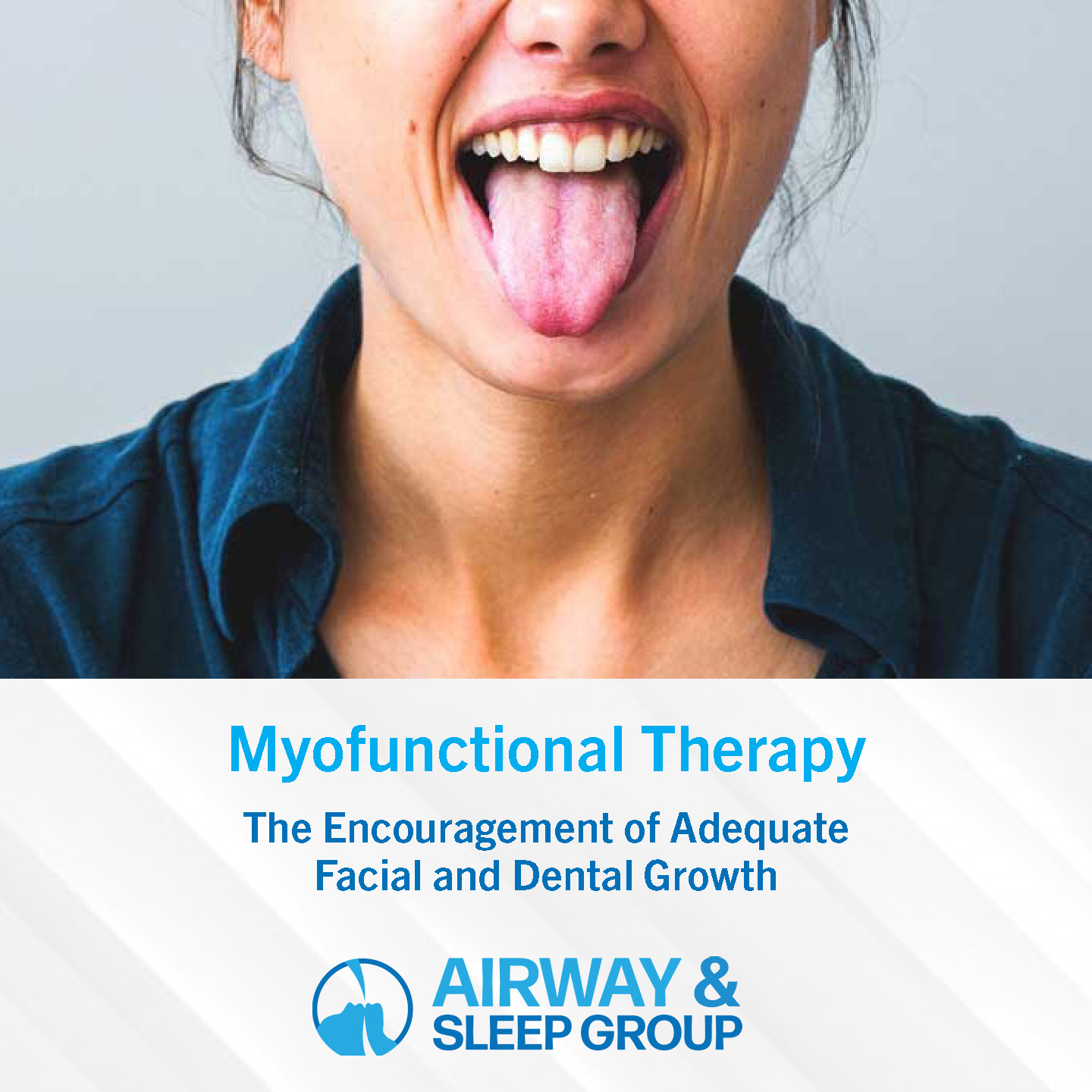Listen to the podcast here.
At an early age in a child’s development, incorrect muscle function in the craniofacial (head and face) region can create problems like an anterior open bite, an open-mouth resting posture, or inadequate swallowing patterns. The solution: Myofunctional Therapy to encourage adequate facial and dental growth.
What does a Myofunctional Therapy Session Include?
In each Myofunctional Therapy session, the patient learns three to four exercises that target specific structural issues. Session one is comparatively easy, with exercises becoming more challenging with each visit. The good news is that these exercises are proven effective with no more than five minutes work, twice a day, with the exception of one timed exercise that can be done at any time. The time investment is small, considering the benefits.
A tongue that is resting down and forward is related to a narrow palate, and lack of lip seal. So instead of the tongue being in its correct position (at the top of the mouth), it tends to rest low and pushes forward when swallowing. This is known as tongue thrust swallowing pattern.
As a result, if this issue is allowed to continue, it will cause a loss of muscle tone in the intrinsic muscles of the tongue, which in turn, can lead to a range of problems from digestive issues to teeth movement. In addition, when the tongue rests low, the lips are usually parted, an issue that can lead to serious health concerns like sleep apnea and ADHD, as well as change the shape of the face.
Your tongue is a muscle that can create a surprisingly strong force. It typically goes through repetitive movements about 1000 times a day! The force exerted by improper movement of the tongue contributed to deformation of the surrounding structures like the jaw. That’s why it is so important to correct any tongue malfunction or habitual misuse early through Myofunctional Therapy for encouragement of adequate facial and dental growth.
Correcting Malocclusion
Myofunctional Therapy may be required as part of the correction of a malocclusion, a condition in which the upper teeth and lower teeth do not meet in an optimal way. It provides a stable environment for the bite after completion of orthodontic treatment to encourage adequate facial and dental growth. To be treated successfully, an orthodontist must be aware of the neuromuscular forces association with a malocclusion. More seriously, a malocclusion can affect respiration.
Get Treatment with Airway and Sleep Group
Dr. Liliana Calkins, of Airway & Sleep Group, is trained to diagnose and treat abnormal activities in the tongue’s pattern movements, the muscles involved in chewing, and the muscles around the mouth and in the cervical neck area. To schedule an appointment, contact Airway & Sleep Group.

